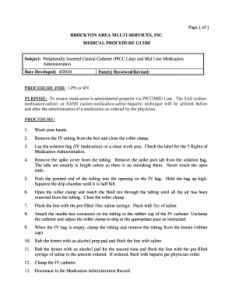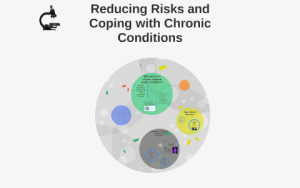
Medical technology has” title=”The Latest Advancements in Medical Technology Technology
Introduction
Medical technology has” width=”474″ height=”282″>
The Latest Advancements in Medical Technology
Introduction
Medical technology has revolutionized healthcare, shaping the way diseases are diagnosed, treated, and managed. With each passing year, new advancements in technology propel the medical field forward, improving patient outcomes and reducing the burden on healthcare providers. In this article, we will explore some of the latest advancements in medical technology.
Telemedicine
Telemedicine involves the use of technology to remotely deliver healthcare services. It allows patients to connect with healthcare professionals through video calls, facilitating medical consultations from the comfort of their homes. Telemedicine has gained tremendous popularity, especially during the COVID-19 pandemic. It ensures continuity of care, eliminates travel time and costs, and enhances accessibility to healthcare services.
Artificial Intelligence (AI)
AI has made significant strides in the medical field, revolutionizing the way diseases are diagnosed and treated. Machine learning algorithms can analyze complex medical data, such as images and patient records, to identify patterns and make accurate predictions. AI-powered systems can assist radiologists in interpreting medical images, helping to detect abnormalities and potentially improving early detection of diseases.
Robot-Assisted Surgery
Robot-assisted surgery combines the precision of robotic technology with the expertise of human surgeons. These systems provide greater dexterity and control, allowing surgeons to perform complex surgeries with enhanced precision. Robot-assisted surgery offers numerous benefits, including smaller incisions, reduced pain, faster recovery times, and improved surgical outcomes.
3D Printing
3D printing has revolutionized the field of prosthetics and implants. This technology allows for the creation of custom-made implants, tailored to the specific needs of individual patients. Additionally, 3D printing enables the production of anatomically accurate models for surgical planning and training purposes. It has the potential to reduce costs, improve patient comfort, and enhance overall surgical outcomes.
Gene Editing and Therapy
Gene editing and therapy hold immense promise in the field of medicine. Technologies like CRISPR-Cas9 allow scientists to modify genes with unprecedented precision, potentially correcting genetic defects responsible for various diseases. Gene therapy aims to introduce functional genes into a patient’s cells, providing a long-term solution to inherited disorders. These advancements have the potential to revolutionize the treatment of genetic diseases and offer personalized medicine.
Augmented Reality (AR)
Augmented Reality has found applications in medical education, surgical planning, and patient care. Medical students can utilize AR to visualize complex anatomical structures, enhancing their understanding of the human body. Surgeons can benefit from AR overlays during procedures, providing real-time guidance and displaying vital information directly within their field of view. AR has the potential to improve accuracy, reduce errors, and enhance patient safety.
Conclusion
The field of medical technology continues to evolve and shape the future of healthcare. The latest advancements, such as telemedicine, AI, robot-assisted surgery, 3D printing, gene editing, and augmented reality, offer groundbreaking solutions to improve patient care, enhance precision, and revolutionize medical practices. Embracing these advancements will undoubtedly lead to a better, more efficient healthcare system that benefits individuals and society as a whole.

